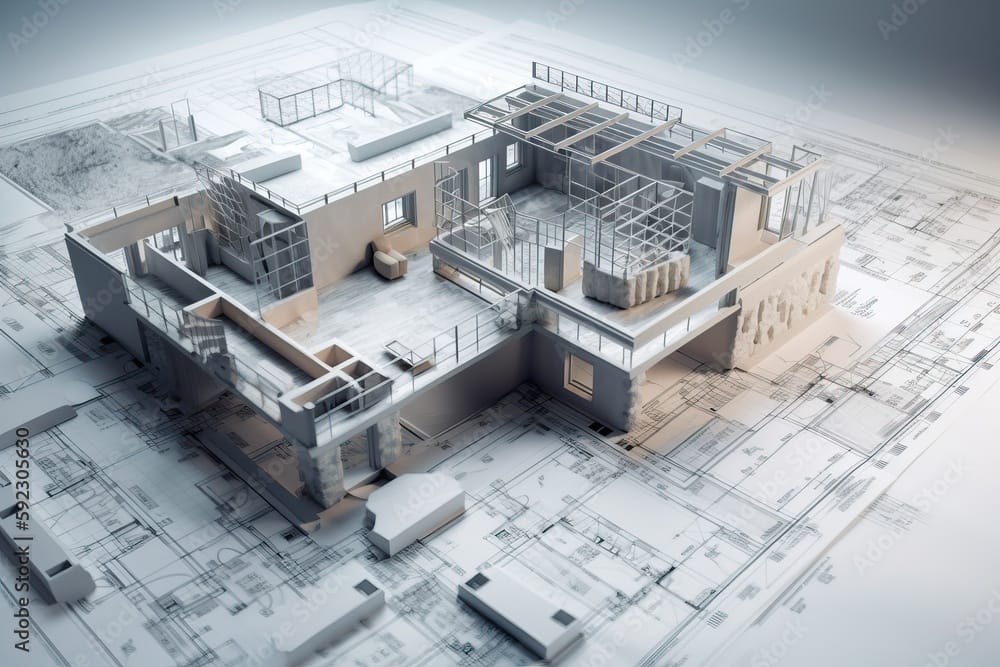10 Reasons Why Every Architect Should Utilize CAD Services for Design and Construction
In today’s fast-paced architectural industry, precision, efficiency, and collaboration are essential. Computer-Aided Design (CAD) services for design and construction have become invaluable for architects, enabling them to navigate complex projects with enhanced accuracy and adaptability. Here are ten key reasons why incorporating CAD services for design and construction can elevate any architectural workflow.
1. Precise and Accurate Drafting
CAD services for design and construction provide highly detailed drawings, reducing errors from the conceptual phase to final execution. This precision is invaluable for architects, as exact measurements ensure structural integrity and adherence to specific project requirements, streamlining the project timeline and enhancing reliability.
2. Enhanced Efficiency
With CAD services for design and construction, the drafting process accelerates due to built-in tools for scaling, dimensioning, and automatic adjustments. Architects can complete intricate plans faster, allowing them to take on more projects without sacrificing quality. This efficiency means faster results, making it easier to meet tight deadlines.
3. 3D Modeling Capabilities
Beyond traditional 2D drawings, CAD services for design and construction enable architects to create 3D models that bring concepts to life. These visualizations allow both architects and clients to explore the design from multiple angles, revealing spatial relationships and potential challenges. Clients can make more informed decisions, ultimately improving the project outcome.
4. Easy Modifications and Flexibility
Architecture requires adaptability as design changes arise. CAD services for design and construction allow architects to quickly adjust plans, whether testing new layouts, changing dimensions, or experimenting with materials. This flexibility fosters creativity and integrates changes smoothly, minimizing redrafting needs and project delays.
5. Improved Collaboration
CAD services for design and construction make collaboration easy. Design files can be shared digitally, ensuring all stakeholders—architects, engineers, and contractors—work from the same updated documents. This streamlined communication improves accuracy, reduces misunderstandings, and keeps all parties on the same page, fostering a collaborative environment.
6. Cost Reduction
Utilizing CAD services for design and construction can lead to substantial savings. Increased accuracy reduces costly rework and resource waste during construction. As design errors are caught early, architects and clients save time and money, making CAD a smart economic choice for the entire project lifecycle.
7. Integration with BIM and Other Tools
CAD services for design and construction integrate seamlessly with Building Information Modeling (BIM) and other essential tools. This integration enables architects to transition smoothly from design to construction with minimal friction. Combining CAD and BIM provides a comprehensive project view, promoting consistency and ensuring cohesive project workflows.
8. Compliance with Standards and Regulations
Regulatory compliance is critical to project success. CAD services for design and construction simplify this by providing templates that adhere to local building codes. Architects can rely on these tools to ensure compliance from the start, reducing legal risks and project delays due to non-compliance.
9. Comprehensive Project Documentation
Detailed documentation is vital to any project. CAD services for design and construction deliver organized documents that support smooth transitions between design, construction, and future maintenance. These records include 2D plans and specifications, making them essential for ongoing building management and future renovations.
10. Visualization for Client Presentations
CAD services for design and construction enhance client presentations with clear 2D and 3D visuals. Architects can effectively convey ideas, helping clients understand design concepts and make collaborative decisions. Improved client understanding often leads to higher satisfaction and project success.

Conclusion
Incorporating CAD services into architectural projects brings transformative benefits, from enhancing precision and efficiency to improving collaboration and cost management. With CAD, architects can streamline their workflows, deliver superior designs, and drive successful construction outcomes. By embracing CAD, architects not only enhance their productivity but also ensure they remain competitive in a rapidly evolving industry where technology and accuracy are paramount.
 +61 475193225
+61 475193225 


